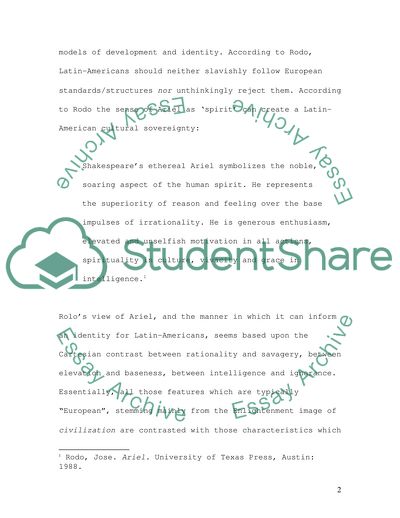Cite this document
(Latin American Identity Case Study Example | Topics and Well Written Essays - 1250 words, n.d.)
Latin American Identity Case Study Example | Topics and Well Written Essays - 1250 words. https://studentshare.org/social-science/1703998-rodos-ariel-and-retamars-caliban
Latin American Identity Case Study Example | Topics and Well Written Essays - 1250 words. https://studentshare.org/social-science/1703998-rodos-ariel-and-retamars-caliban
(Latin American Identity Case Study Example | Topics and Well Written Essays - 1250 Words)
Latin American Identity Case Study Example | Topics and Well Written Essays - 1250 Words. https://studentshare.org/social-science/1703998-rodos-ariel-and-retamars-caliban.
Latin American Identity Case Study Example | Topics and Well Written Essays - 1250 Words. https://studentshare.org/social-science/1703998-rodos-ariel-and-retamars-caliban.
“Latin American Identity Case Study Example | Topics and Well Written Essays - 1250 Words”. https://studentshare.org/social-science/1703998-rodos-ariel-and-retamars-caliban.


